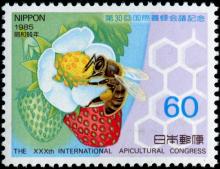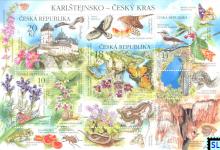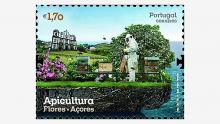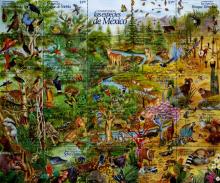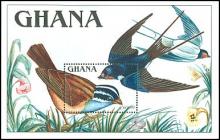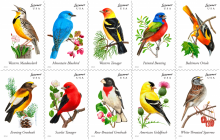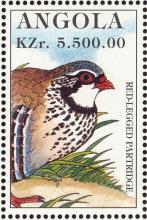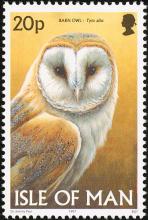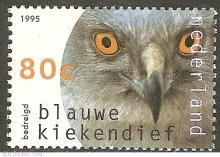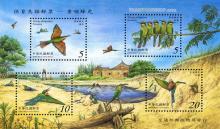Der Zustand der biologischen Vielfalt in Deutschland ist dramatisch schlecht
Der aktuelle Zustand der Tier- und Pflanzenarten in Deutschland ist alarmierend. Das geht aus dem ersten umfassenden Artenschutz-Report 2015 hervor, den das Bundesamts für Naturschutz (BfN) jetzt vorgestellt hat. Es sei allerhöchste Zeit zu handeln. Besonders dramatisch ist die Situation bei den wirbellosen Tieren, zu denen Insekten gehören: Knapp 46 Prozent der untersuchten Arten und Unterarten sind bedroht, extrem selten oder ausgestorben. Mit Sorge beobachten Experten dabei auch die negative Entwicklung aller 600 Wildbienenarten in Deutschland.

